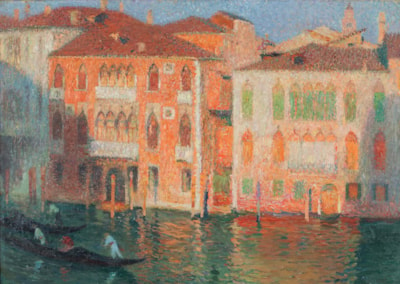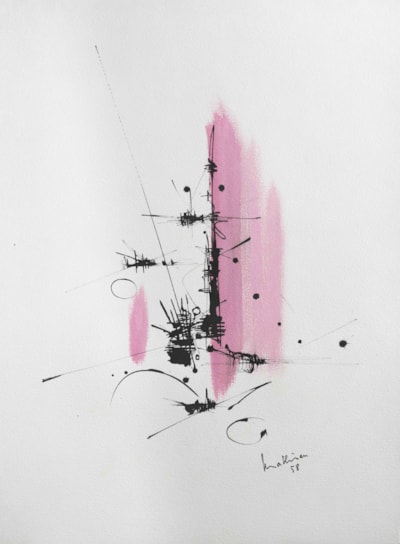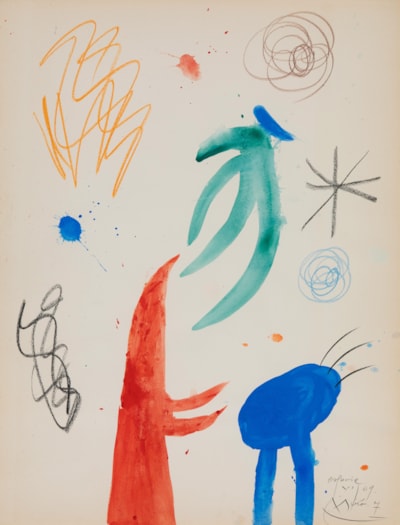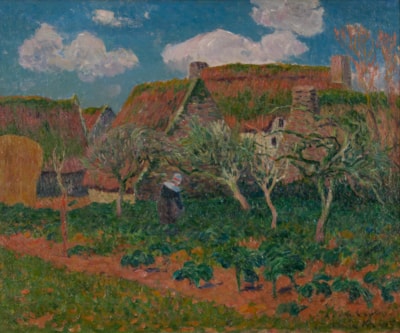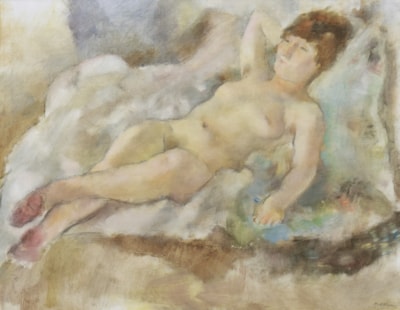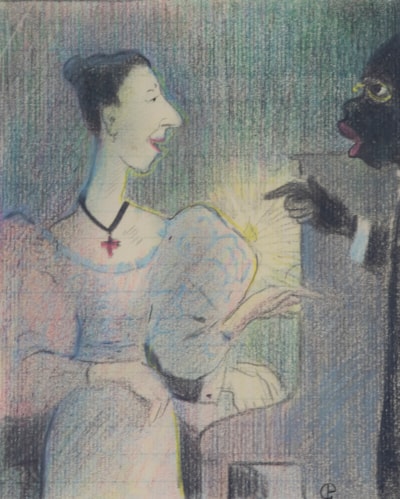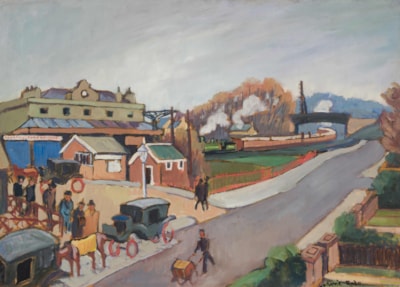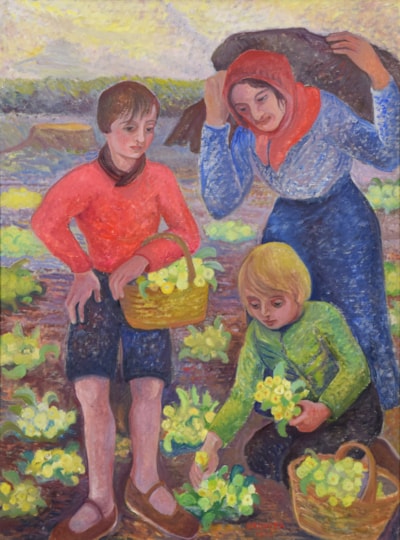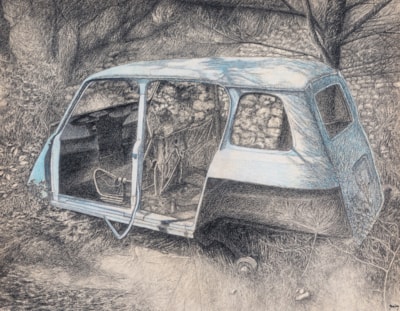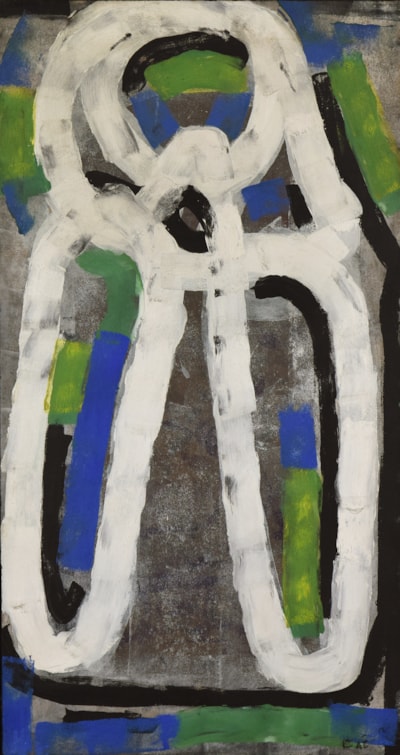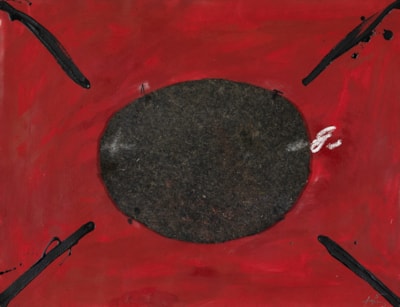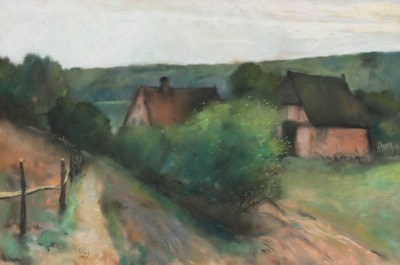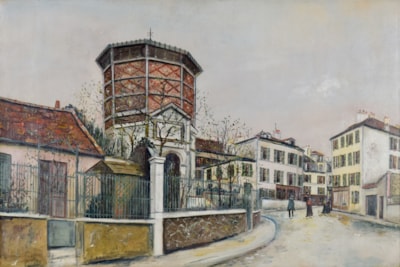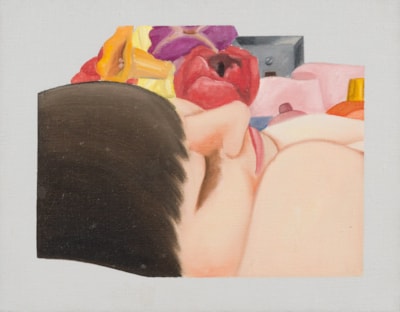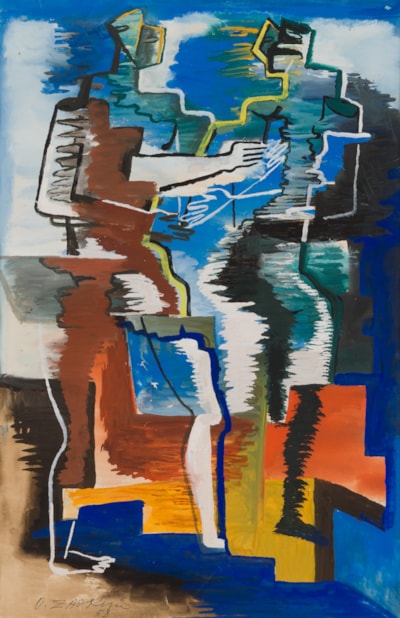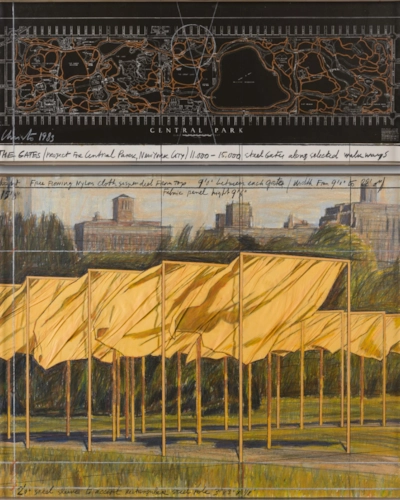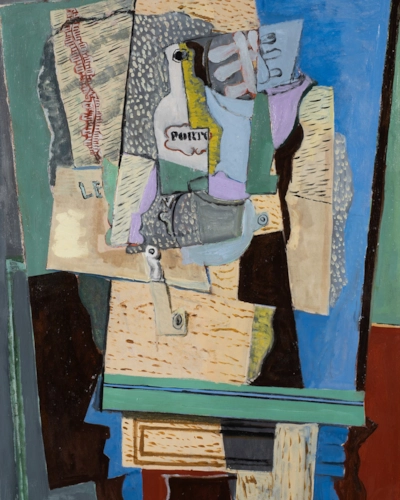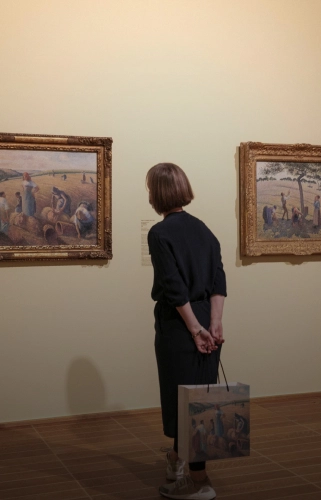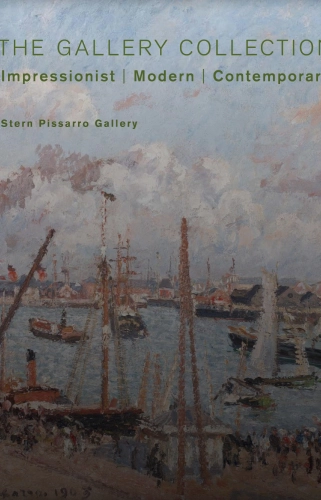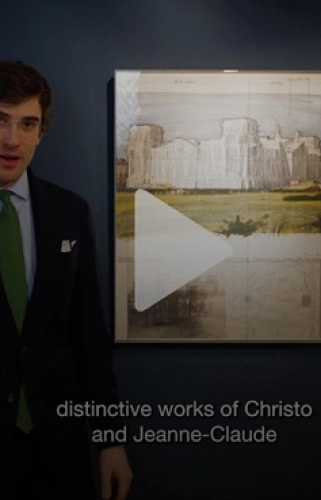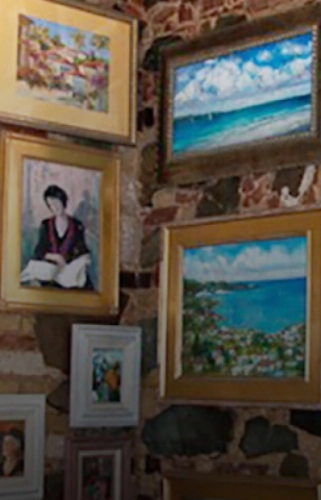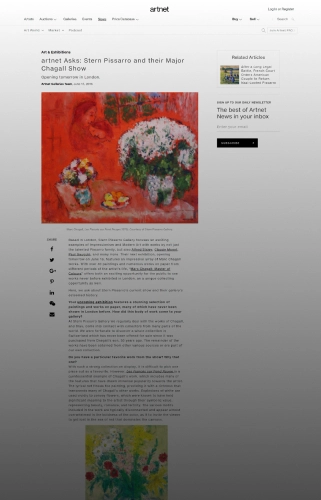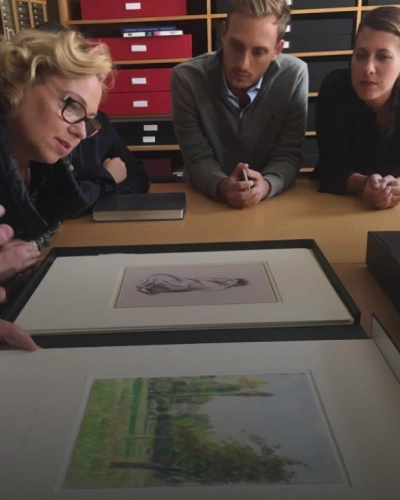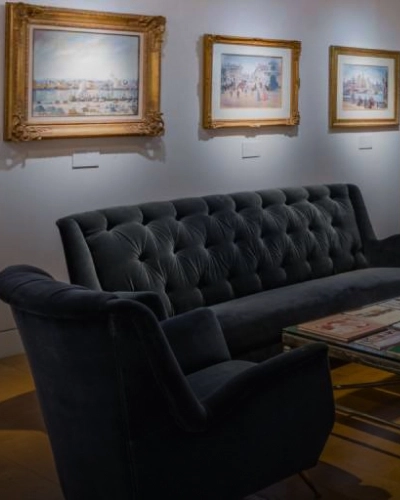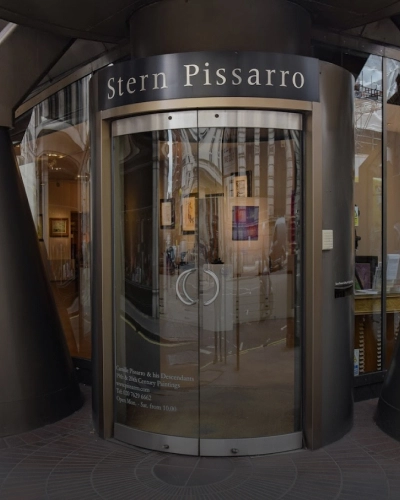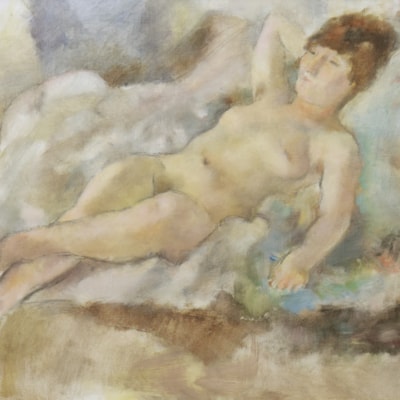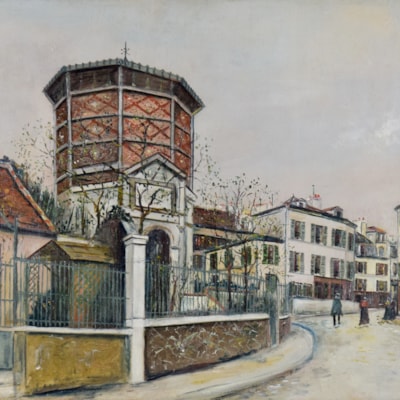artists
Stern Pissarro Gallery specialises in Impressionist artists as well as international Modern Masters of Post-War and Contemporary art.
highlighted artists
- Adler, Jankel
- (Armand Fernandez), Arman
- Atlan, Jean-Michel
- Bomberg, David
- Bonnard, Pierre
- Botero, Fernando
- Boudin, Eugène
- Braque, Georges
- Brasilier, André
- Brauner, Victor
- Buffet, Bernard
- Caillebotte, Gustave
- Calder, Alexander
- Cariot, Gustave
- Cassigneul, Jean-Pierre
- (César Baldaccini), César
- Cézanne, Paul
- Chagall, Marc
- Christo
- Corneille
- Corot, Jean-Baptiste-Camille
- Dalí, Salvador
- De La Serna, Ismael
- de Toulouse-Lautrec, Henri
- de Vlaminck, Maurice
- de Waal, Edmund
- Degas, Edgar
- Delaunay, Sonia
- Delvaux, Paul
- Derain, André
- Dubuffet, Jean
- Dufy, Jean
- Dufy, Raoul
- Ernst, Max
- Estève, Maurice
- Forain, Jean-Louis
- Francis, Sam
- Gauguin, Paul
- Gleizes, Albert
- Gris, Juan
- Guillaumin, Armand
- Hartung, Hans
- Hayden, Henri
- Hayet, Louis
- Herbin, Auguste
- Hirst, Damien
- Hockney, David
- Hoschedé Monet, Blanche
- Imai, Toshimitsu
- Israëls, Isaac
- Jenkins, Paul
- Kapoor, Anish
- Kikoïne, Michel
- Kisling, Moïse
- Kusama, Yayoi
- Kwang-Young, Chun
- Lanskoy, André
- Laurencin , Marie
- Le Sidaner, Henri
- Lebasque, Henri
- Léger, Fernand
- Liebermann, Max
- Loiseau, Gustave
- Luce, Maximilien
- Manguin, Henri
- Marcoussis, Louis
- Marini, Marino
- Martin, Henri
- Mathieu, Georges
- Matisse, Henri
- Metzinger, Jean
- Miró, Joan
- Modigliani, Amedeo
- Moholy-Nagy, László
- Monet, Claude
- Moore, Henry
- Morandi, Giorgio
- Moret, Henry
- Nadal, Carlos
- Nash, David
- Pascin, Jules
- Penck, A.R.
- Petitjean, Hippolyte
- Picabia, Francis
- Picasso, Pablo
- Piene, Otto
- Pissarro, Camille
- Pissarro, Félix
- Pissarro, Georges Manzana
- Pissarro, H. Claude
- Pissarro, Lucien
- Pissarro, Ludovic-Rodo
- Pissarro, Lyora
- Pissarro, Orovida
- Pissarro, Paulémile
- Pissarro, Roboa
- Pissarro, Yvon
- Pissarro dit Pomié, Hugues
- Pissarro, Contemporary, Lélia
- Pissarro, Figurative, Lélia
- Poliakoff, Serge
- Renoir, Pierre-Auguste
- Richter, Gerhard
- Riopelle, Jean-Paul
- Schneider, Gérard
- Schuffenecker, Claude-Émile
- Shiota, Chiharu
- Signac, Paul
- Sisley, Alfred
- Survage, Léopold
- Tàpies, Antoni
- Ury, Lesser
- Utrillo, Maurice
- Valmier, Georges
- Valtat, Louis
- Vasarely, Victor
- Vieira da Silva, Maria Helena
- Vuillard, Édouard
- Wesselmann, Tom
- Zadkine, Ossip
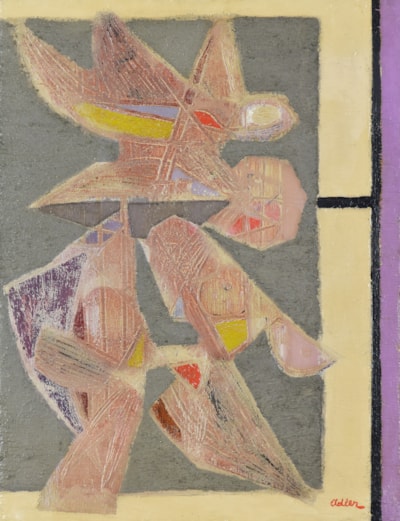




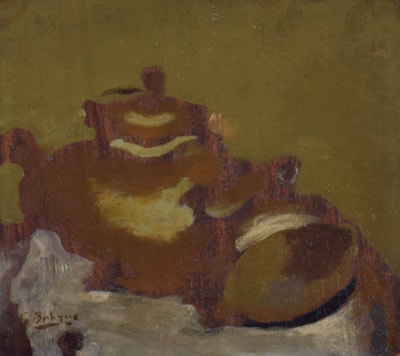
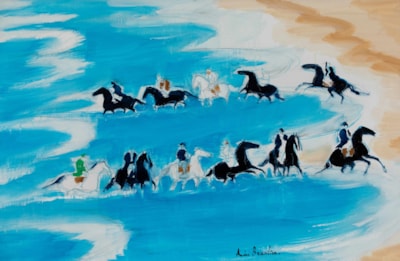
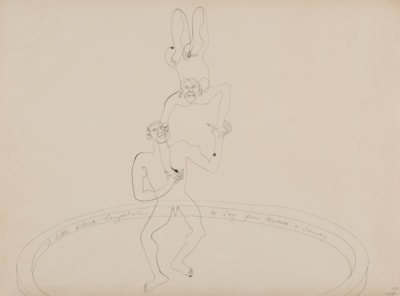
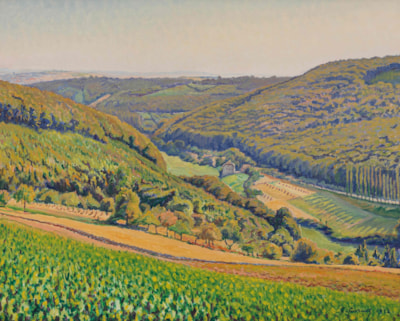
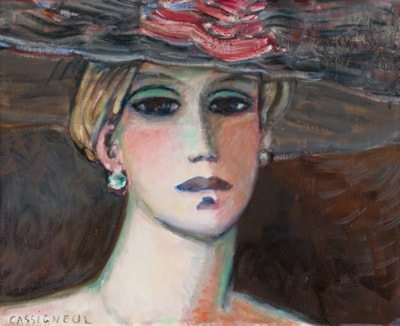


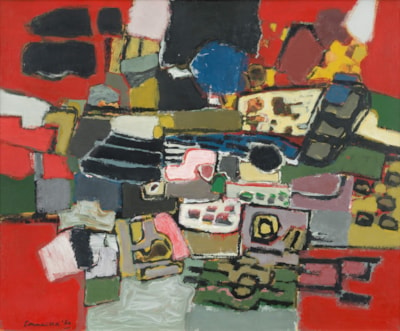


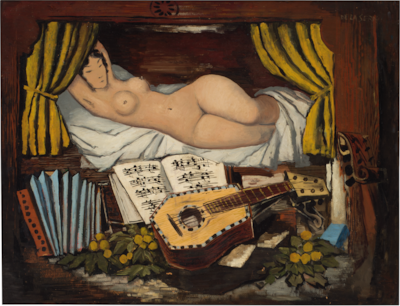
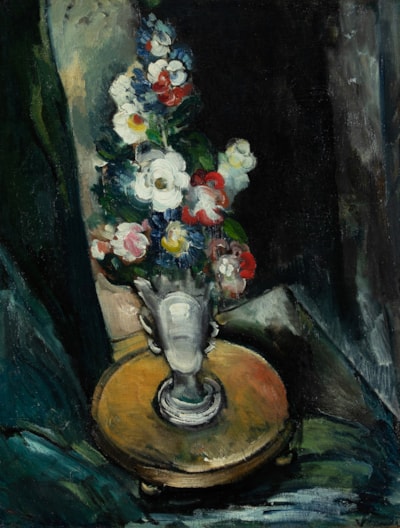
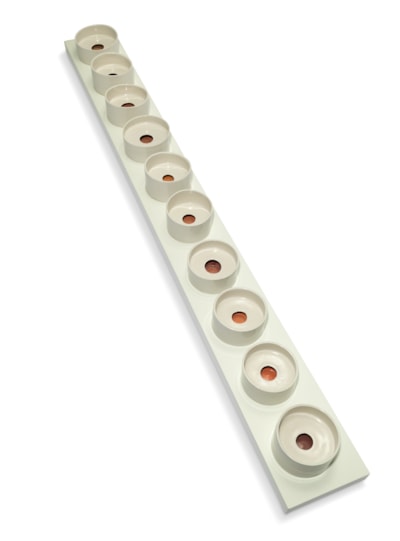



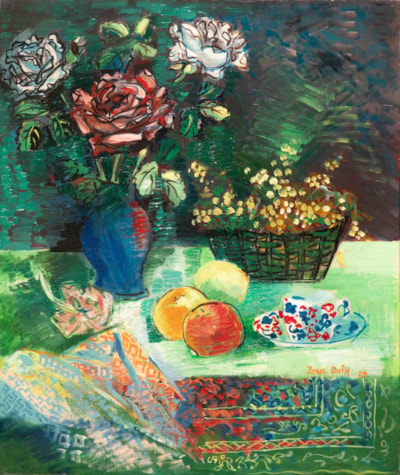



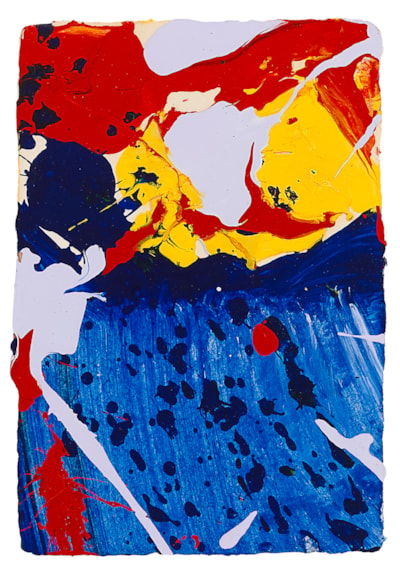


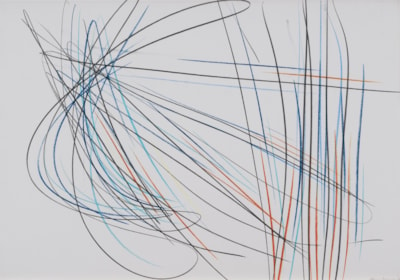
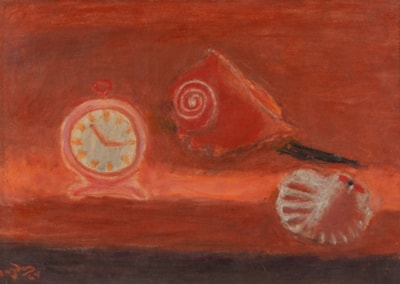

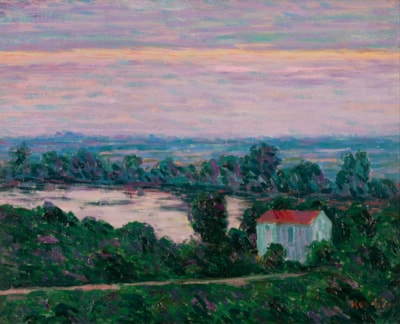
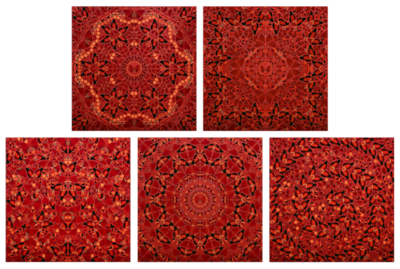


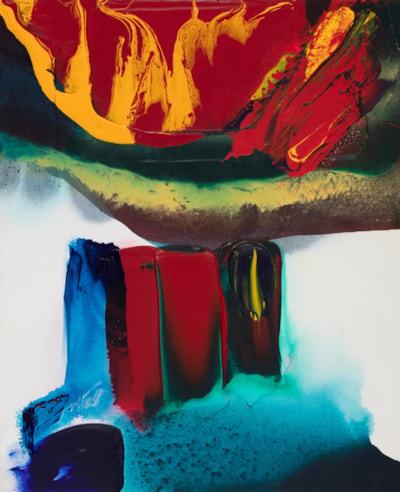
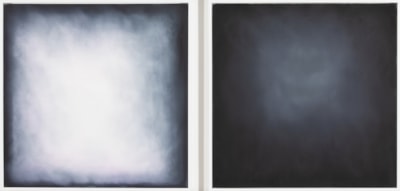
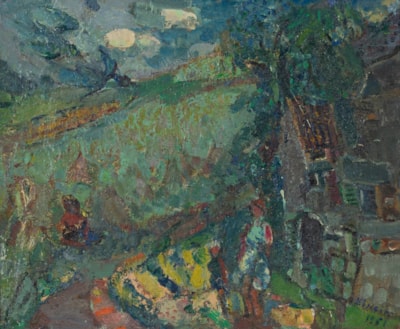

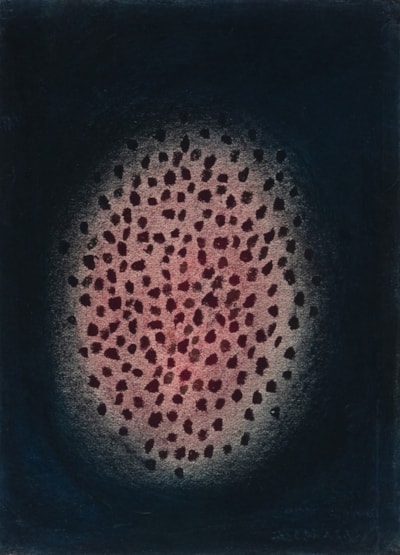
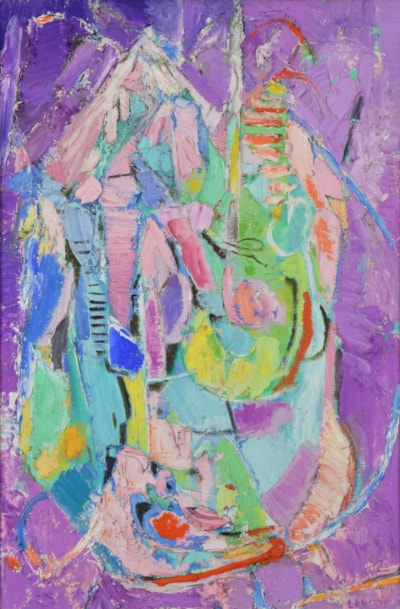
 HR_1112024T16449.258.jpg?width=400&height=1000&qlt=100&mode=max)



